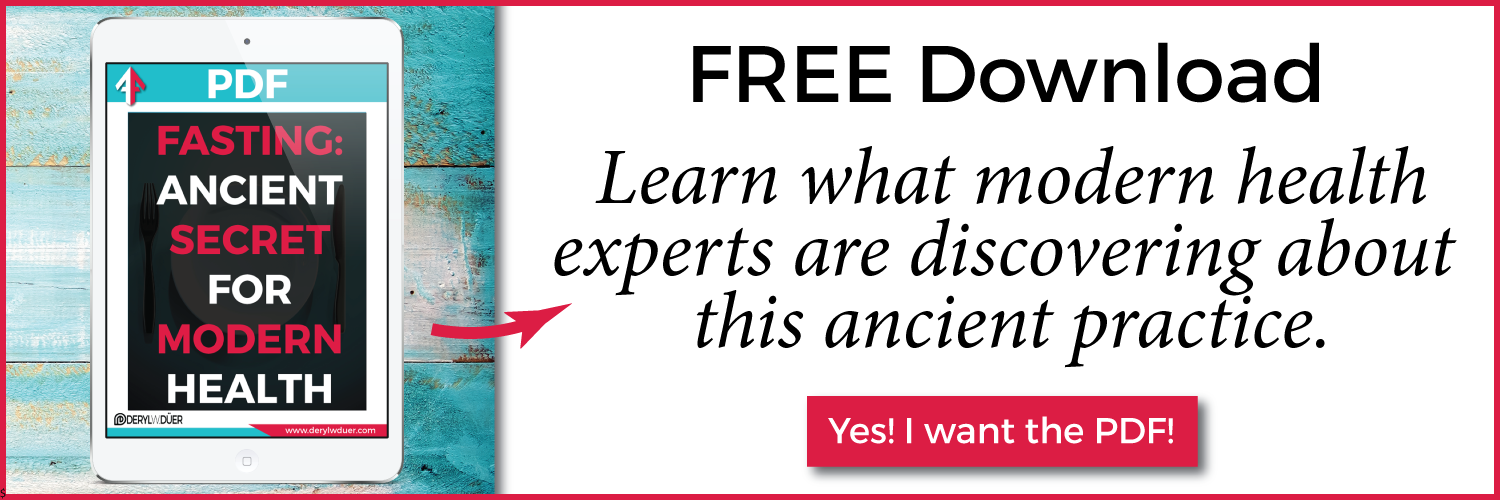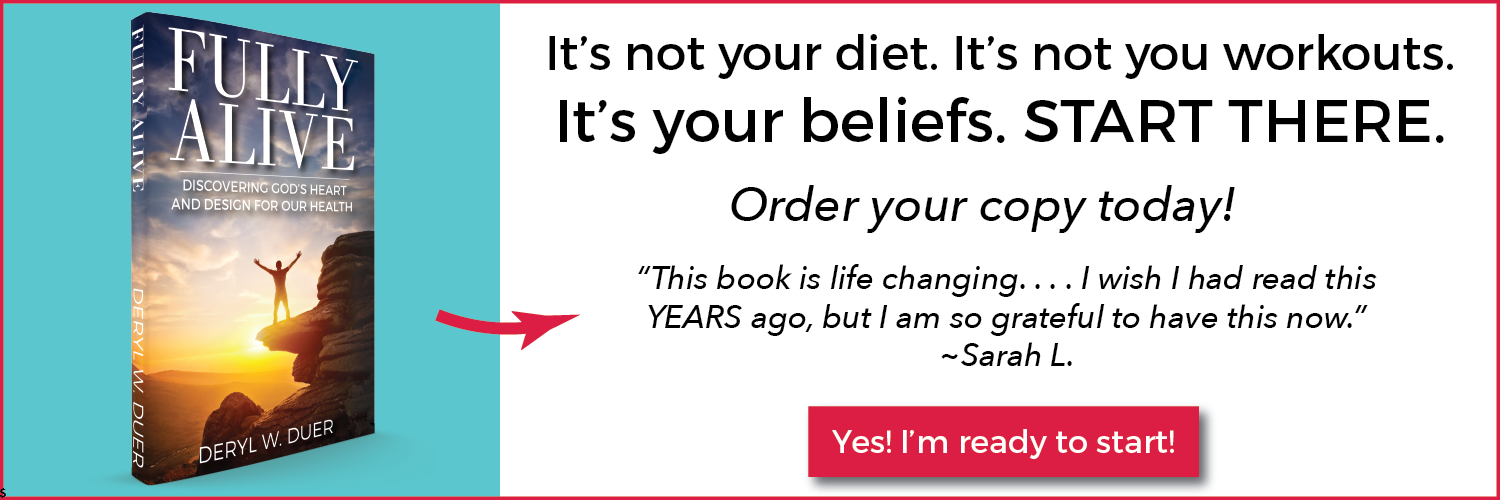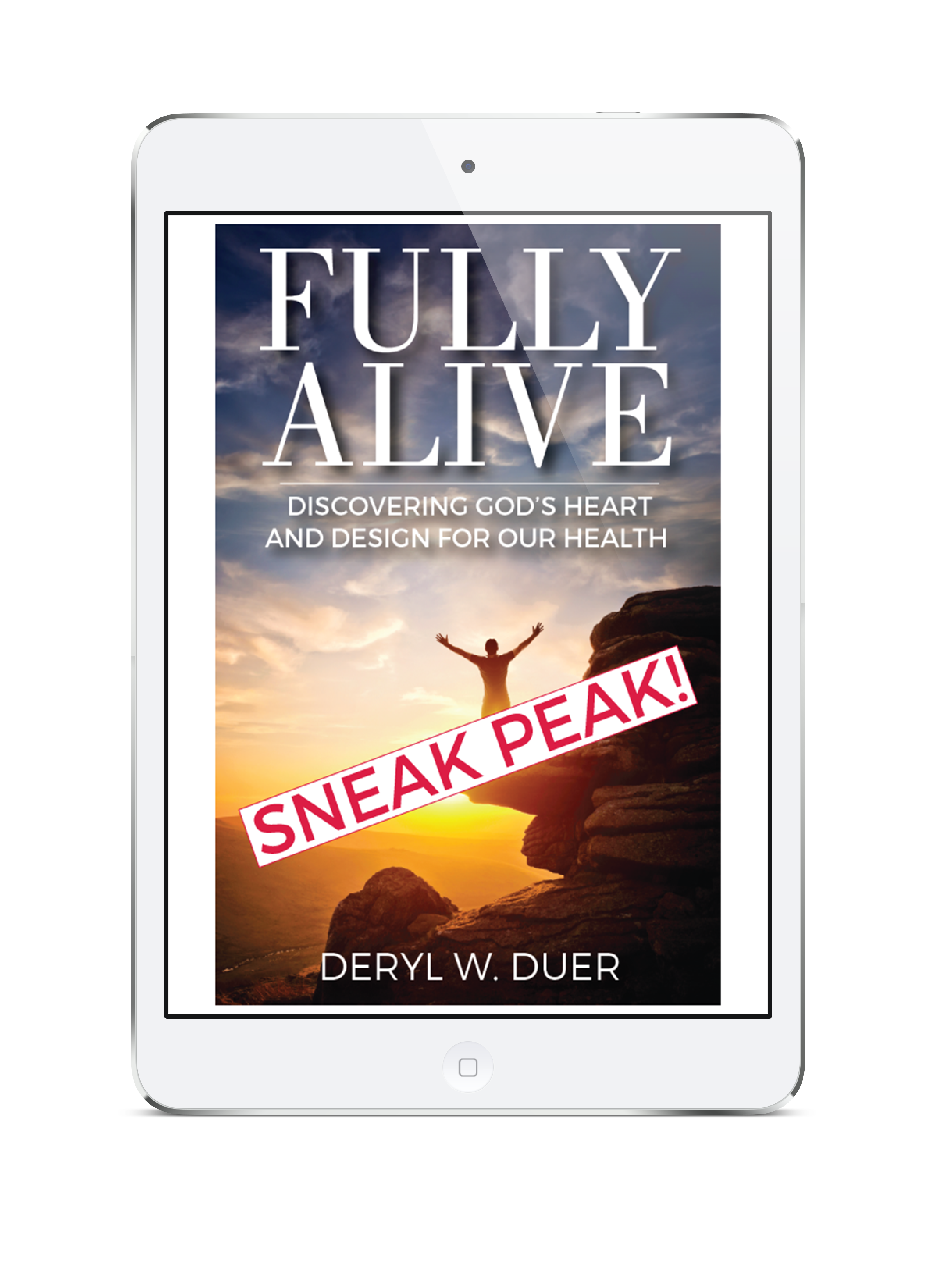Wondering How to Fast?

Have you been hearing stories about the benefits of fasting and wondering how to fast? Then this post is just for you.
If you are still unsure about why you should fast, I recommend reading my last blog post, Fasting: Ancient Secret for Modern Health, first.
Now that you’ve decided to try fasting, what type of fast should you do?
Types of Fasts
Dry Fast
This is probably what most people think of when they think of fasting. It’s definitely the most straightforward. You simply don’t eat or drink anything. I absolutely do not recommend dry fasting for an extended period of time except for with medical supervision. Dehydration can have serious side effects. In fact, the only time I have dry-fasted is when my doctor told me to before a procedure.
Water Fast

Basically, take the dry fast and just add water. A water fast can last just about any length of time from a day to a few days to a few weeks. Although I would recommend going no longer than a few days without consulting your doctor.
Liquid or Supported Fast
On a liquid or supported fast, you drink only fluids and avoid solid food. On a supported fast, liquids can include water, coffee, and bone broth.
Tracy and I have done a couple of 3-day supported fasts with great success. A supported fast is a great way to ease your body into fasting. We drink lots of water, including lemon-ginger water with a dash of Himalayan salt. The lemon-ginger water helps support electrolytes. We also drink our fat-fueled coffee in the morning, and I usually have a cup of bone broth in the evening.
I felt amazing on the supported fast and probably could have gone another day or two. We also set ourselves up for success with intermittent fasting and a ketogenic diet for two weeks before our fast.
How to Fast
How to Fast
Intermittent Fasting
You’ve probably heard the term intermittent fasting a lot. It’s become quite popular in recent years. Intermittent fasting, also known as cyclical fasting, merely means that you fast and eat at regular intervals.
There are several variations of intermittent fasting, including 16:8, Shortened-window, OMAD, and Alternate Day Fasting.
16:8
16:8 is probably the most common form of intermittent fasting. On a 16:8 fast, you fast limit eating to an 8-hour window, and fast the other 16 hours of the day. For example, you might have your first meal at noon and stop eating at 8 pm.
Shortened-Window Fast
Similar to 16:8, only you shorten your eating window to maybe 4 or 6 hours.
OMAD
OMAD (One Meal A Day) is just that. You limit yourself to one meal a day.
Alternate Day Fasting
Alternate Day Fasting is also pretty self-explanatory. On fasting days you severely restrict your calorie intake to about 25 percent of average. So, for example, if you usually eat 2000 calories a day, you would limit yourself to 500 on fasting days.
On non-fasting days, you can eat to your heart’s content.
Alternate Day Fasting probably isn’t the best for long-term, because it can be pretty tricky to stay on track. It might, however, be helpful in getting you started.
The 5:2 Diet
The 5:2 Diet involves eating normally five days a week and then restricting calories to 500-600 on the other two days.
The Warrior Diet
Fitness expert Ori Hofmekler popularized the Warrior Diet. On The Warrior Diet, you eat a small portion of raw fruits and vegetables during the day and then feast at night on a large, well-rounded meal.
Basically, you “fast” during the day and “feast” at night within a 4-hour window.
This diet also emphasizes whole, unprocessed foods, similar to a paleo diet.
The Daniel Fast
The Daniel Fast finds its roots in the experience of the Old Testament prophet Daniel and his friends (Daniel 1:8-16). In the Biblical account, Daniel was determined not to defile himself with the king’s food or wine. He asked for permission for him and three of his friends to be given only vegetables to eat and water to drink for ten days and to then be compared to the other youth. After the ten days, they were judged to be healthier in appearance than all of the youths who ate the king’s food.
The Daniel Fast is a partial fast where you eat only vegetables, fruits, whole grains, nuts, seeds, legumes, and quality oils. Water is the only beverage allowed.
Most people follow this fast for 21 consecutive days.
Because of its Biblical roots, the Daniel Fast also carries spiritual significance. Over the 21 Days, people on the Daniel Fast also enter into a time of extended prayer in order to hear more clearly from God and to experience spiritual breakthroughs.
How to Fast
Now that you’ve decided you are ready to try fasting, you’re probably wondering how to start. Here are four simple steps to make it easier for you.
1. Decide what type of fast you’re going to start with.
If you’re a newbie to fasting, I recommend easing into it with time-restricted intermittent fasting. Start with 12 hours of fasting and a 12-hour eating window. You already fast 8 hours a day while you sleep, so adding an extra 4 hours is a nice little baby-step. If that feels good after a few days, step it up to 16:8 fast.
If you’ve fasted before and you’re ready for a challenge, maybe try out alternate day fasting or a supported fast.
2. Write down your goals
I’m a ginormous fan of physically writing out goals and journaling, and this is the perfect time to start. What do you want to accomplish with your fast? Do you want to lose weight? Break through a plateau? Have more energy? Feel better? Have more clarity of mind?
Whatever it is, write it down. Then ask yourself, why that goal matters to you. Why is it important. Repeat the process of asking “why?” five times. This helps you identify the deeper purpose behind your goal which exponentially increases your success rate.
3. Plan ahead

You’ve heard the adage, “Failing to plan is planning to fail.” Start your fast off right by planning ahead.
Decide when you’re going to eat. If you’re doing an intermittent fast, what is your eating window?
Now that you know when you’re going to eat, decide what you’re going to eat. Plan out a menu. This is huge for helping you stick with your fast. Knowing ahead of time what you’re going to eat and gives you something to look forward to. When you start getting hungry, it’s much easier to stick to your fast if you know exactly when you are going to eat and have healthy food on hand for when you do.
4. Listen to your body
Fasting is probably a new concept for you. Therefore, it’s going to take some getting used to. You’re trading in old habits for new ones. Expect some level of discomfort and resistance.
However, listen to your body. I can’t stress this one enough. If you’re 12 hours into your 16-hour fasting window and you feel like you need a snack or the hangry beast is going to take someone out, have a snack.
Then again, the opposite may happen. If your fasting window is up and you’re still not hungry, there’s no rule that says you have to eat. Eat when you’re hungry.
As with everything else, this is your fast. This is you testing out what works for you. There is no pass or fail.
Write down what you are experiencing. How is your body reacting? Are you hungry? How is your mental clarity?
Just like with diets, you may notice that different types of fasting work better for you at different times of the year.
How to Fast
How to Fast
Frequently Asked Questions
How long should I fast?
As you have probably guessed, there’s no hard and fast answer to this one. Generally speaking, most intermittent fasting windows are between 14-18 hours. Some fasts last several days. Dr. Axe suggests that instead of focusing on how long you should fast for, it’s better to keep a few things in mind about fasting instead.
- If you’re genuinely hungry, eat something. Otherwise, you’ll spend your time a) hungry b) stressed about being hungry and c) hungry and stressed (or even hangry!).
- If you’re still in the early stages of eating better and choosing whole foods, perhaps wait some time before beginning a fasting routine so that it’s not one more thing to worry about. Concentrate on eating whole, good-for-you foods first.
- Are you training for a big event, like a marathon or triathlon? This is probably not the right time to try fasting. Speak with your coach and doctor first.
- Again, listen to your body!
Won’t fasting put me into starvation mode?
No. This is probably the most common myth about fasting. Believe it or not, the opposite is true. Rather than putting you into starvation mode, studies show that fasting actually speeds up your metabolism.
Can I exercise during fasting?

Yes. You should continue all of your regular routines while fasting, including exercise. In fact, if you are doing an intermittent fast, such as 16:8, you may find that you have higher energy levels than usual in the morning. If you are on a more restrictive fast, you may feel more sluggish. In that case, you may want to try out a Tai Chi class or go for a walk instead. Just listen to your body.
What are your top tips for fasting?
These are Dr. Jason Fung’s top tips, but I happen to agree with him 100 percent.
- Drink lots of water.
- Stay busy.
- Drink coffee or tea.
- Ride out the hunger waves.
- Don’t tell anybody who is not supportive that you are fasting.
- Give yourself one month.
- Follow a low-carb diet between fasting periods. This reduces hunger and makes fasting much more manageable. It may also increase the effect on weight loss and type 2 diabetes reversal, etc.
- Don’t binge after fasting.
Bottom line: remember it’s your body and your health. Make it your fast.















